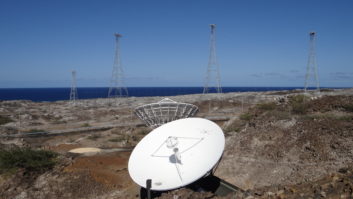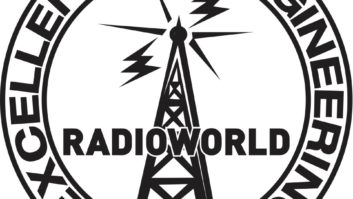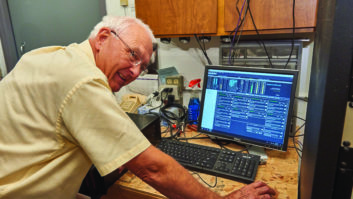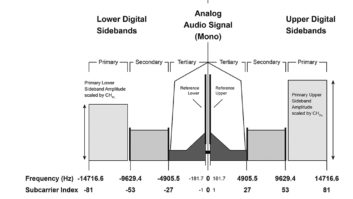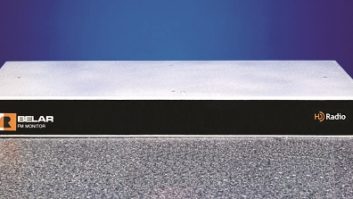At Clear Channel Radio, which owns 850 stations in 150 cities, “We’ve done as much prep as we possibly can” for tomorrow’s national EAS test with Emergency Action Notification live-code.
So says Dan Mettler, Central Region senior VP of engineering, who has been involved in the planning at the country’s largest radio group.
About 70–75% of Clear Channel stations use Sage boxes, either new or older models. Most of the others use TFT hardware, and a handful have Gorman-Redlich devices.
“We feel pretty comfortable everything will go well,” Mettler said, as long as local EAS hardware is set up properly. He confessed to “mixed emotions” about the outcome, based on the company’s bench testing of various boxes tied together; but he said CC’s own results improved when the test hardware was tweaked, highlighting the importance of checking local hardware in advance.
However, he agrees with industry alerting and broadcast leaders who have said problems on Wednesday will not necessarily be a bad thing. “I hate to word it like this; but failure is good information,” Mettler told RW. “We will find out where the systems are weak.”
For instance, “The [Primary Entry Point] infrastructure is weak; we know there are some areas that just aren’t serviced by PEP. I still feel we’re going to uncover a lot of areas of the country that don’t have good PEP coverage,” mentioning parts of Florida and Arizona as possible examples. Further, “To monitor an NPR squawk channel [as a PEP] is really a Band-Aid; it’s not how state plans are set up.”
PEP stations play a central role in the dissemination. FEMA and the Integrated Public Alert Warning System have been working to increase the number of PEP stations with the goal of covering 90 percent of the population, as RW has reported. Chief engineers of PEP stations will be camped out at their transmitters tomorrow, in real-time contact with FEMA.
Mettler and others have expressed concern that state EAS plans have not been updated in 15 years and do not provide for an adequate audio monitoring input for PEP. “Many states have great plans that include the use of other audio sources that will not be involved in the national EAN test, due to the technology employed (non-real time messaging), which are causing headaches as to how the state plan will work for the national test,” he told RW last month. He also expressed concern that 15-year-old legacy hardware could fail for simple technical reasons.
A fresh concern that cropped up this week among the radio engineering community is whether station encoder/decoders know what time it is. Some older units may need to have time settings adjusted to reflect the recent change back to Standard Time. Mettler encouraged local Clear Channel engineers to check the time on their EAS hardware to make sure it flipped.
Other Clear Channel execs involved in the planning are Jeff Littlejohn and Jeff Bennett. The managers will monitor the national test using customized software called EAS Watch that is in touch with all of CC’s EAS boxes and reports on their status locally and to the company’s Engineering Operations Center in Cincinnati. That software has been updated twice in recent weeks to prepare for the national test; the latest “fire drill” was held Monday. Mettler said Clear Channel invited FEMA and FCC officials to the EOC tomorrow to watch the system populate the map.
While Clear Channel hasn’t mandated that market engineers stay with EAS hardware at each station Wednesday, the company encouraged them to do so. And while Clear Channel will have a comprehensive post-test summary of what happened at its stations, the FCC’s new reporting system can’t accept the data in that form. “Our market engineers are going to have to enter the test results for their market stations using the FCC web form application,” Mettler said.
Mettler himself will monitor the test from his office in Indiana. His phone is likely to be busy; on top of his company duties, he is state emergency communications committee chair for Indiana.





